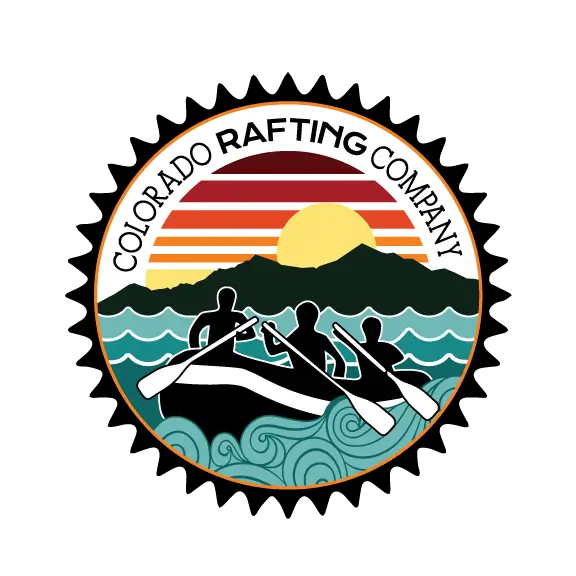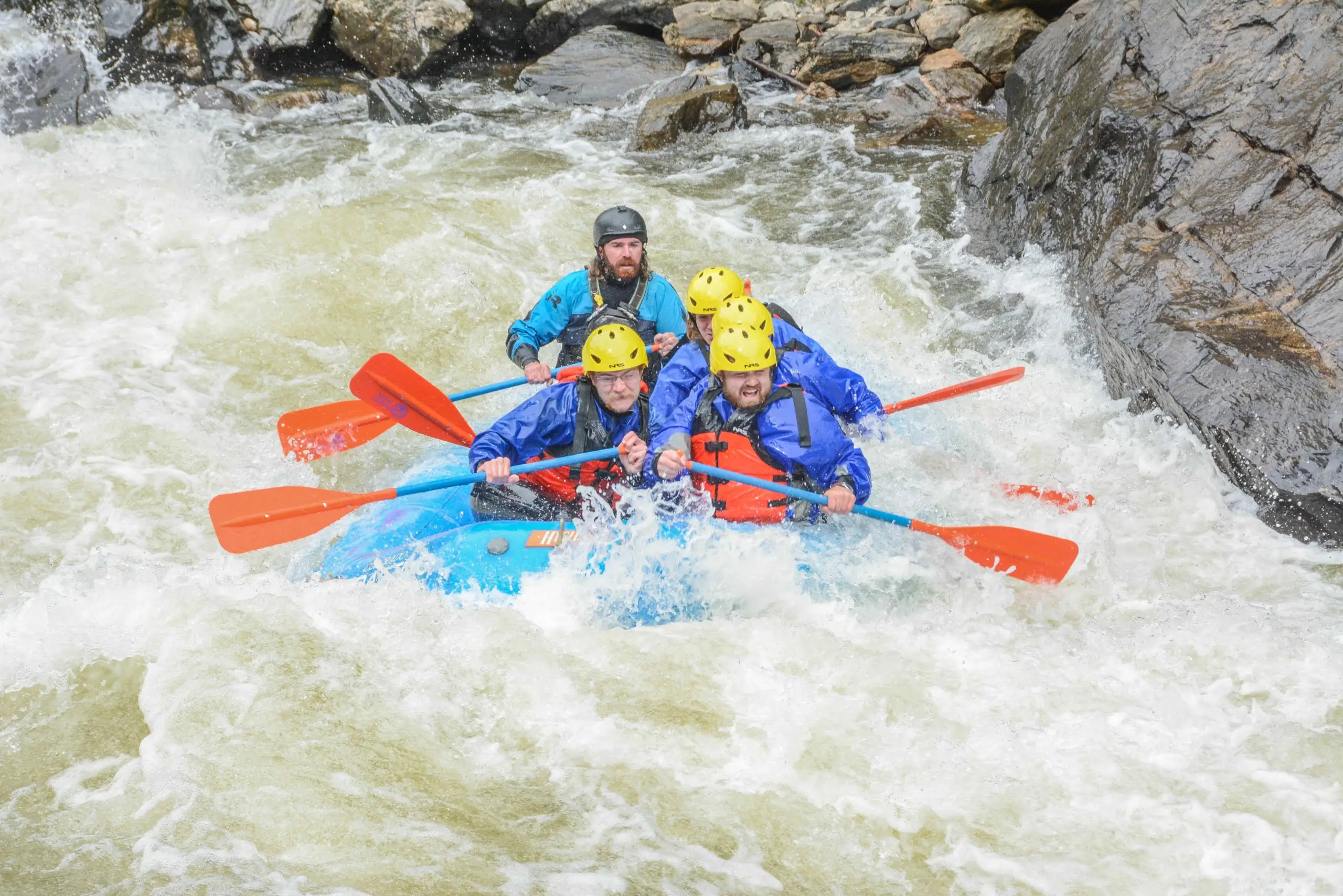
Decoding the Rapids: Understanding the International Scale of River Difficulty
Curious About Rapids Ratings? Here’s What They Really Mean.
Whether you’re gearing up for your first whitewater adventure or looking to level up your rafting game, understanding how rapids are classified is key to choosing the right trip. The International Scale of River Difficulty breaks down river conditions from calm and scenic to extreme and adrenaline-pumping.
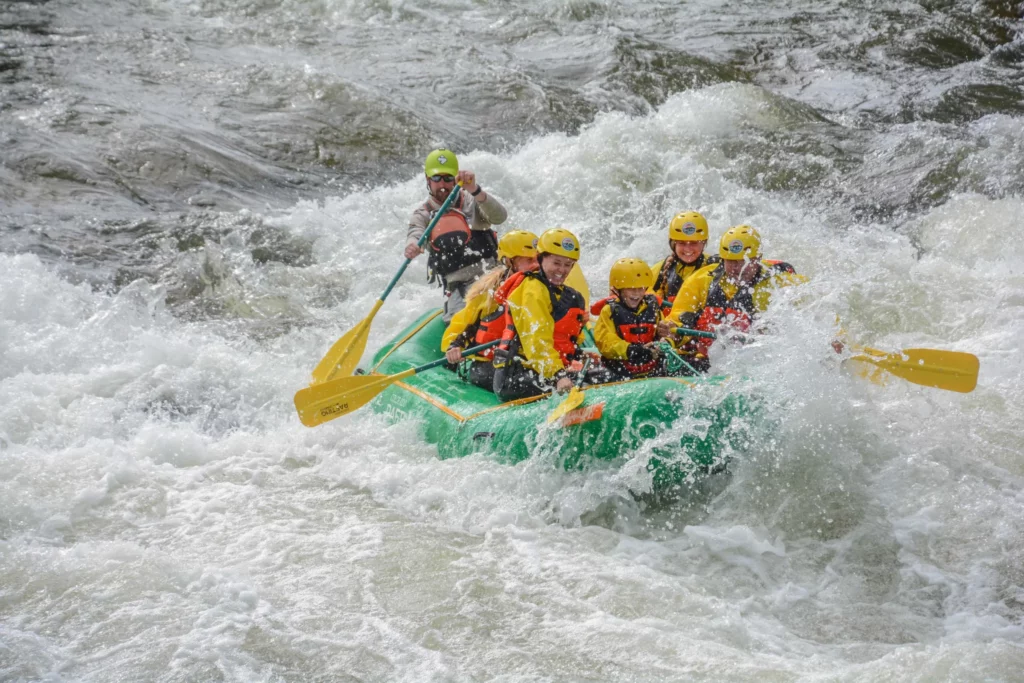
Whitewater rapids are rated on a scale from Class I to Class VI to help describe how challenging and risky they are. This system helps participants know what to expect on a rafting adventure.
- Class I rapids are the easiest—mostly calm, slow-moving water with very few obstacles.
- Class VI rapids are the most extreme—very dangerous and rarely attempted, even by expert paddlers.
Most rafting trips are planned around rapids ranging from Class I to Class IV, which are exciting but manageable with a guide. Occasionally, a rapid may include a “+” or “−” (like Class III+) to give a more precise sense of difficulty.
Also, keep in mind that river conditions can change with the water level. Higher water can sometimes smooth out a rapid, but it usually makes the water more intense and potentially more dangerous. That’s why professional river guides always assess the river on the day of your trip to keep you safe.
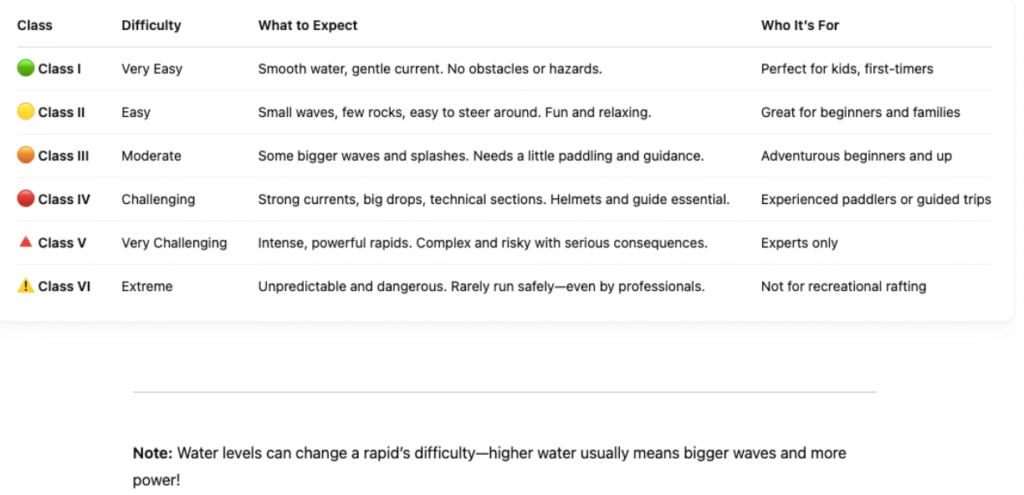
The International Scale of River Difficulty can help you understand the rapids class system. This system classifies rapids from Class I to Class VI, with increasing numbers indicating greater difficulty.
Class VI: “Extreme”: While there is some debate over the term “class 6” in practice it refers to rapids that are not passable and any attempt to do so would result in serious injury, near drowning, or death.
Class I: “Very Easy”: Characterized by fast-moving water with very small waves or riffles, typically under one to two feet in height. Obstructions are minimal, obvious, and easily avoided with minimal training. The risk to swimmers is low, and self-rescue is generally straightforward.
Class II: “Easy”: Straightforward rapids with wide, clear channels that will be seen without scouting ahead. Occasional maneuvering might be necessary to clear rocks and medium-sized waves, which can reach up to three feet. These rapids are easily managed by trained paddlers. These rapids form the core of many beginner-style rafting experiences. Try Colorado River Half Day, Full Day, and Overnight Trips
Class III: “Moderate”: Rapids with moderate, irregular waves that can be challenging to avoid. These waves can reach heights of four to five feet. Complex or “must-make” maneuvers are often required in the faster currents, demanding good boat control in tighter passages or around ledges. Larger waves or strainers (obstacles that allow water to pass but not solid objects) may be present but are typically avoidable. Strong eddies and noticeable current effects are common. Scouting from the shore is advisable for those with less experience. Blue River trips and Beginner trips on Clear Creek include sections of Class III rapids which add to the excitement level.
Class IV: “Challenging”: These are intense, powerful, yet generally predictable rapids that require precise boat handling in turbulent water. Class lV rapids may feature large, unavoidable waves and holes, or constricted passages requiring quick maneuvers under pressure. A reliable eddy turn is often needed for maneuvering, scouting, or resting. Certain rapids demand multiple “must-make” moves to avoid potential hazards. Scouting is often necessary, especially for the first descent. Intermediate trips on Clear Creek primarily navigate Class lll-IV rapids, offering a significant adrenaline rush.
Class V: “Expert”: Whitewater with very large waves and continuous rapids, large rocks and hazards, large drops, precise maneuvering. Failure to execute a specific maneuver at a specific point may result in serious injury or death. The most extreme runnable rapids are rated at V+. Clear Creek Advanced trips has Class IV+ to V- rapids at higher flows.
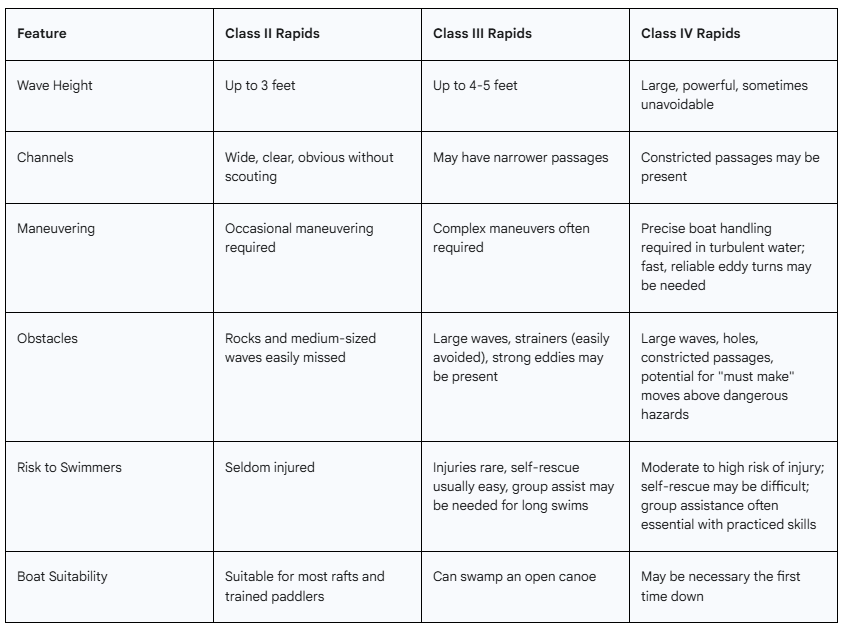
Ready to Ride? Let the Rapids Guide Your Adventure
Understanding the International Scale of River Difficulty is the first step to choosing the right rafting trip for your comfort level and thrill-seeking spirit. Whether you’re gliding through Class I waters with the family or taking on the roaring challenge of a Class IV rapid, there’s an unforgettable experience waiting for you. At Colorado Rafting Company, our expert guides ensure every trip is safe, fun, and tailored to the river’s conditions. So grab a paddle, pick your class, and let’s make some waves!
